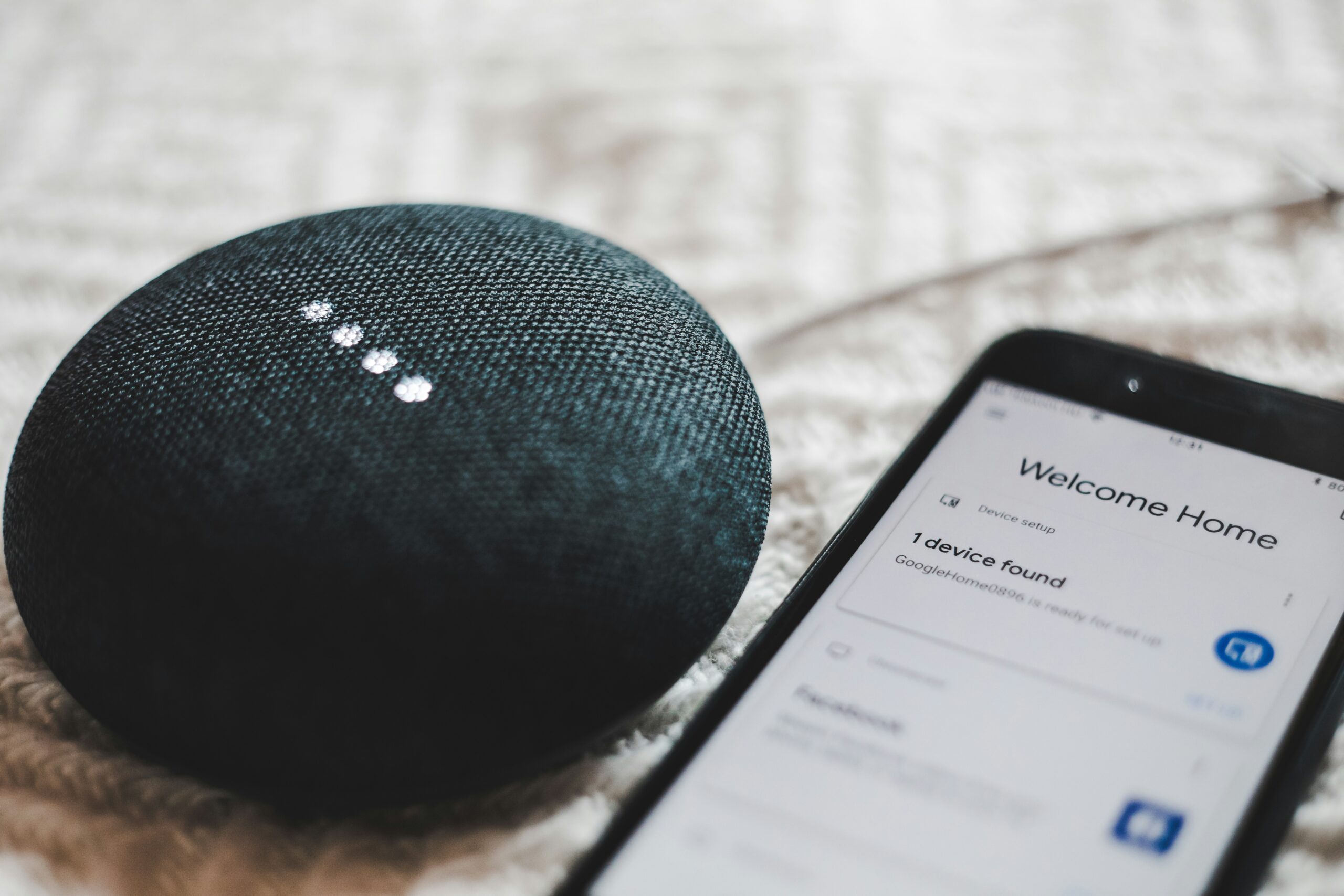Leveraging Smart Technology for Energy Efficiency
Smart technology has revolutionized the way we manage air conditioning systems, including reverse cycle air conditioners, enhancing energy efficiency and home heating convenience. At its core, smart technology in air conditioning systems integrates advanced features such as programmable thermostats, remote control capabilities via mobile apps, and sophisticated learning algorithms.
Programmable thermostats allow homeowners to set specific heating schedules that align with their daily routines. By tailoring the heating patterns to occupancy, these devices ensure that the reverse cycle air conditioner operates only when needed, significantly reducing unnecessary energy consumption. Remote control via mobile apps provides added convenience, enabling users to adjust temperature settings from anywhere, ensuring a warm home upon arrival without wasting energy during absence.
Learning algorithms represent a pinnacle of smart technology, as they analyze and adapt to individual heating preferences and occupancy patterns over time. These algorithms can predict optimal heating times and settings, further enhancing efficiency. For instance, if the system recognizes that the home is empty during certain hours, it can automatically lower the heating output, conserving energy without compromising comfort.
Sensors play a crucial role in this smart ecosystem by continuously monitoring room temperatures and adjusting the heating output to maintain desired comfort levels efficiently. These sensors detect fluctuations and respond in real-time, ensuring that the reverse cycle air conditioner operates at optimal performance levels without excessive energy use.
Several smart air conditioner models are at the forefront of energy-efficient home heating. Models like the Hitachi FrostWash showcase advanced smart technology features, offering homeowners the ultimate blend of comfort and efficiency.
By leveraging smart technology, reverse cycle air conditioners not only reduce environmental impact through lower energy consumption but also contribute to substantial savings on utility bills. These advanced systems represent a significant step towards sustainable and cost-effective home heating solutions.
Cost Savings from Using a Reverse Cycle Air Conditioner for Heating
Reverse cycle air conditioners, often referred to as heat pumps, offer a dual function: they can cool your home during the summer and heat it during the winter. Unlike traditional heating systems that generate heat, reverse cycle air conditioners transfer heat from the outside air into your home, making them highly efficient. This process is markedly different from conventional electric heaters or gas heaters that rely on burning fuel or consuming large amounts of electricity to produce warmth.
When comparing initial investment costs, reverse cycle air conditioners may appear more expensive upfront than some traditional heating options. However, their operational costs are significantly lower. While electric heaters and gas heaters can result in higher energy bills due to their less efficient nature, reverse cycle air conditioners boast impressive efficiency ratings, such as the Coefficient of Performance (COP). A system with a COP of 4.0, for example, means that for every unit of electricity consumed, four units of heat are produced. This translates directly to lower energy consumption and, consequently, reduced utility bills.
Real-life examples highlight the financial benefits of switching to a reverse cycle air conditioner for heating. One household reported a 40% reduction in their winter energy bills after installing a reverse cycle system compared to their previous reliance on electric heaters. Another case study revealed that a family saved approximately $300 annually after making the switch from gas heating. These examples underscore the substantial long-term savings achievable with energy-efficient AC systems.
Moreover, many governments offer incentives or rebates for purchasing energy-efficient appliances, including reverse cycle air conditioners. These programs can significantly offset the initial purchase cost, enhancing the overall cost-effectiveness of the investment. For instance, some regions provide rebates that cover up to 25% of the cost of a new reverse cycle air conditioner, further reducing the financial burden on households.
In conclusion, while the initial investment for a reverse cycle air conditioner may be higher, the long-term financial benefits, including lower operational costs and potential government rebates, make it a wise choice for home heating. The quick return on investment, coupled with the efficiency and cost savings, underscores the value of upgrading to a reverse cycle air conditioner for your home heating needs!
Call us for a quote today on the latest smart technology air conditioner on 9942 4525 or send us a message on Facebook!

